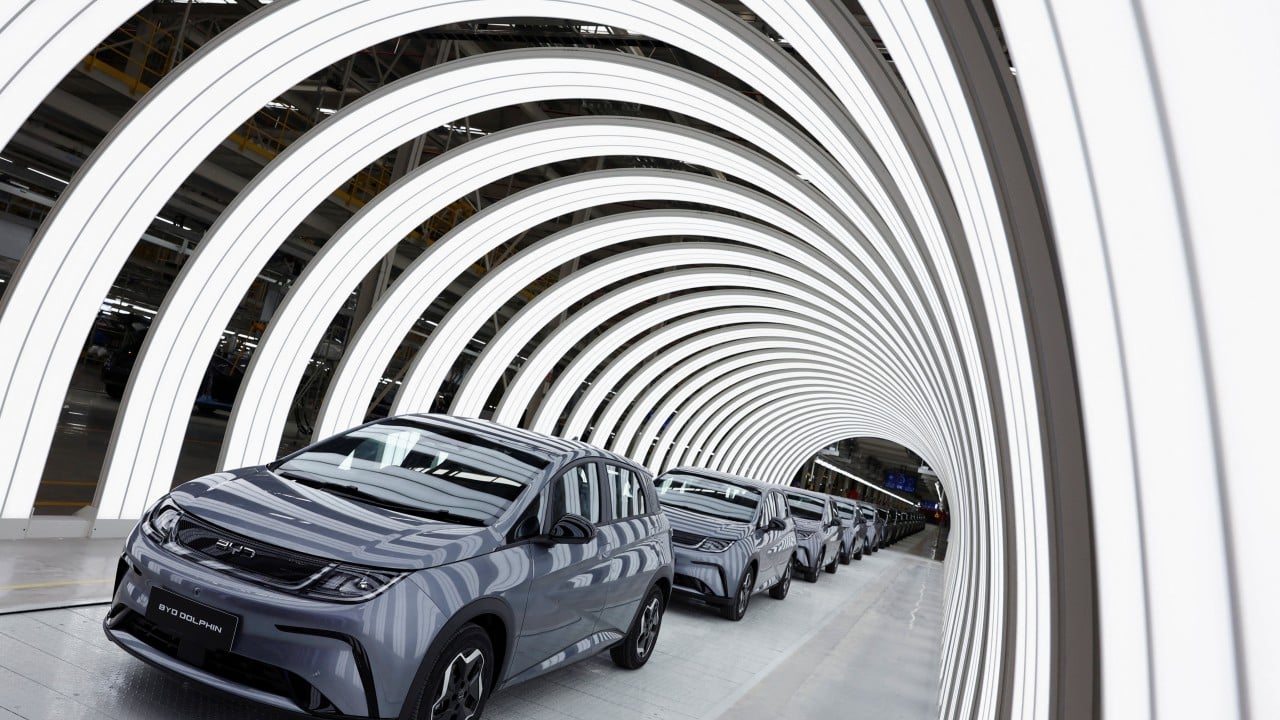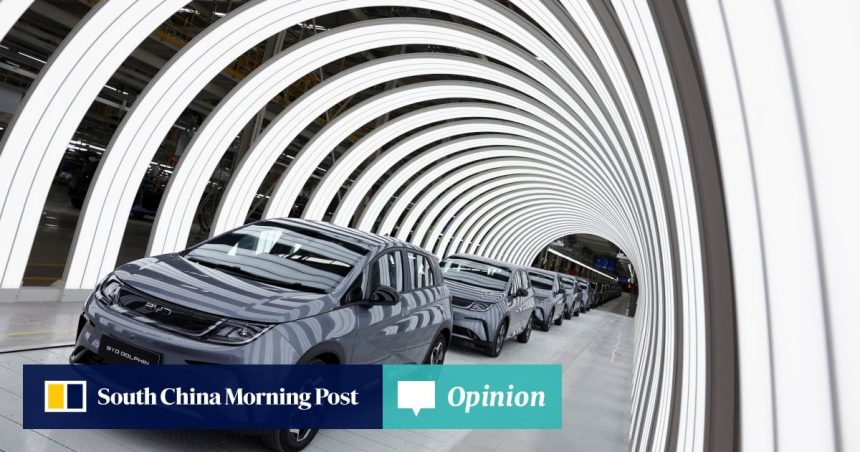
After years of rapid expansion, Chinese carmaker BYD saw sales fall for the first time in over five years in the third quarter of this year on an annual basis. Amid fierce competition at home, BYD’s vehicle sales in September alone fell by 5.5 per cent year on year. This comes after a 30 per cent profit drop in the second quarter.
The company’s sales and profit drops reflect the fortunes of many other Chinese carmakers as domestic demand for electric vehicles slows. But what does this mean for Asia’s EV sector?
For a start, it would be inaccurate to think of Asia’s EV industry in zero-sum terms. Asia’s EV future is not about one country outcompeting another. Rather, it is about integration, linkages, foreign investments, supply chain resilience, joint ventures and apolitical cooperation. This is in contrast to the drive to decouple in the West, reflected in the US and European stance of imposing protectionist tariffs to keep out Chinese EVs, which has disrupted the global market.
In light of Asia’s EV dynamics – which are underpinned by pragmatism, interdependence and integration – BYD’s slowdown points to a recalibration rather than a retreat.
Over the past few years, Chinese corporations such as BYD have become well integrated into Southeast Asian economies, establishing factories that produce EVs and car batteries in countries such as Indonesia and Thailand – showing how Chinese EV joint investments and component sourcing have ventured beyond China’s borders.
Notable among the major Chinese investments is the US$6 billion project in Indonesia by Contemporary Amperex Technology (CATL), the world’s largest manufacturer of EV batteries, to build an integrated battery ecosystem – encompassing everything from nickel mining and processing to battery production and recycling. Symbiotic rather than confrontational, the collaboration makes the most of Indonesia’s raw materials and conducive regulations with Chinese battery design, expertise and software to build local capabilities.

Leave a Reply